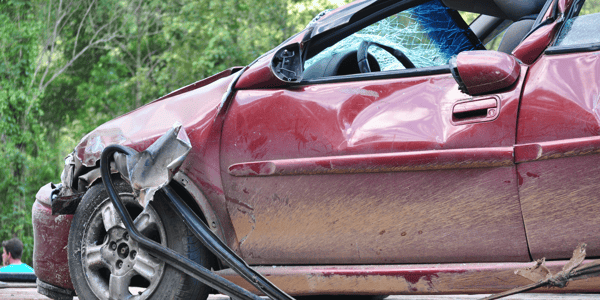

Every year, tens of thousands of car accidents are reported. As technology continues to evolve, so too does our ability to be more proactive in preventing collisions and personal injury on the roads. Active safety technology is increasingly being implemented by automakers as a means of avoiding car accidents and protecting drivers. In this blog post, we'll discuss what active safety technology is, how it's reducing the number of car accidents reported each year, whether it's always effective, and how drivers can protect themselves against auto-related injury. If you’ve been injured, time is of the essence. Contact our car accident attorneys today.
What is Active Safety Technology?
Active safety technology (AST) is a set of automotive features designed to help drivers avoid accidents. These features use sensors and cameras to detect potential hazards, alert the driver, and react to prevent an accident from occurring. Common examples include blind-spot monitors, lane departure warnings, forward collision avoidance systems, automated emergency braking, and adaptive cruise control. By combining these technologies with driver-assistance systems, active safety technology is providing drivers with greater control over their vehicles in order to protect them from harm.
How This Tech Is Reducing Accidents
Statistics show that AST has been effective at reducing car accidents and deaths on the road. According to a study conducted by NHSA, AST was found to reduce rear-end collisions by 39%. This reduction translates into fewer injuries and fatalities due to car accidents. Additionally, driver assistance technologies have also been found to reduce the number of distracted driving crashes; lane departure warnings can reduce crash risk up to 24%, while blind spot monitoring systems can lower crash risk by as much as 20%.
Are These Technologies Always Effective?
It's important to note that while AST has proven effective in reducing accidents, they are not always foolproof. AST features rely on sensors that may fail under certain conditions; for example, if gravel or mud covers a vehicle's sensors, the system may not detect obstacles in the road. Additionally, some active safety technologies require drivers to take action; for instance, lane departure warnings will not prevent a driver from veering out of their lane unless they respond accordingly. At the end of the day, the driver of the vehicle is still in control and responsible for the actions of the vehicle.
How Can Drivers Protect Themselves?
Though there are limitations associated with active safety technology, there are still simple steps drivers can take in order to improve their chances of avoiding an accident. Some of these include: maintaining your vehicle regularly (including brakes and tires), updating your vehicle's software, and cleaning the cameras that these systems use. Also, updating your vehicle's systems with the latest features can help. Taking these precautions will help ensure your own personal safety while out on the roads as well as reduce the chance of causing any accidents due to negligence or recklessness on your part.
We Are Here to Help.
Active safety technology has had a significant impact on reducing car accidents across the country and saving lives in the process. While this tech isn't perfect and can never replace human judgment entirely when it comes to navigating our roads safely; it does provide us with greater control over our vehicles so we can better avoid dangerous situations before they occur.
If you've been hurt in a car crash, get in touch with our car accident attorneys right away. Our Board Certified attorneys have helped hundreds of car accident victims get the compensation they deserve and may be able to help you, too. Call us now at (713) 224-7800 or fill out the contact form below.

